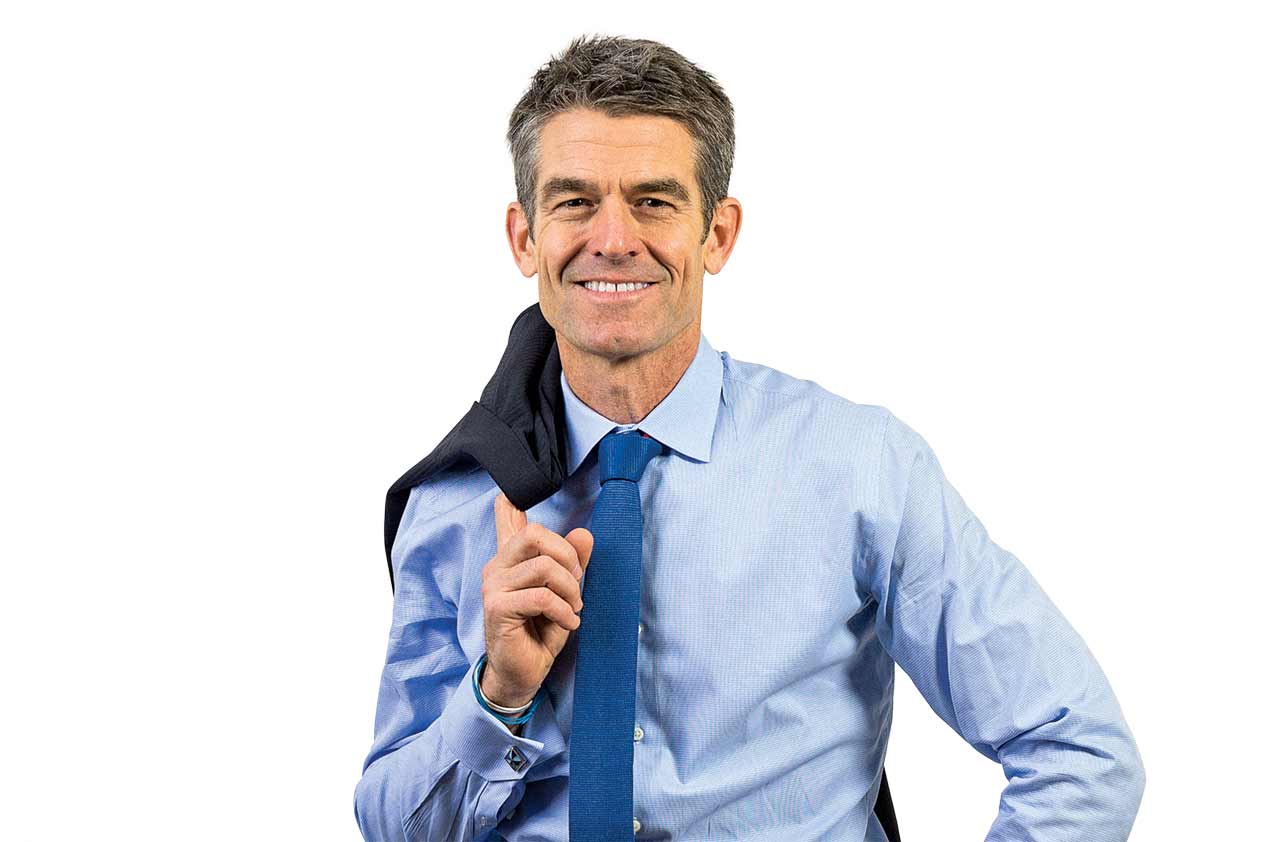How to Invest for Climate Change
Be selective about new technology, and don’t write off fossil fuels yet.


Matthew Weatherley-White is cofounder and managing director at the Caprock Group, an investment adviser for wealthy families. He leads the firm’s social and environmental investing program.
In December, 195 countries agreed to take steps to address global warming. What does that mean for investors? In the short run, very little. But the goals implied by the agreement will require $17 trillion in spending over the next 15 years, according to the International Energy Agency. That’s the demand side of the equation.
Why have alternative energy stocks performed so poorly? Everyone recognizes that the solution to a high-carbon economy is alternative energy. But making a bet on a specific company is a high-risk proposition. Twenty-five years ago, everyone agreed that computerization would accelerate. But think of the losses for people who bet on Wang Labs [which went bankrupt in 1992]. That had nothing to do with the computerization of society, but everything to do with the uncertainty of computing. We’re at the exact same place with alternative energy.

Sign up for Kiplinger’s Free E-Newsletters
Profit and prosper with the best of expert advice on investing, taxes, retirement, personal finance and more - straight to your e-mail.
Profit and prosper with the best of expert advice - straight to your e-mail.
How should investors position their portfolios? Investors view climate change from two angles: risk mitigation and opportunity. With oil companies, there’s a real risk of stranded assets—reserves that won’t be recoverable due to future teeth in climate change agreements. But that won’t be reflected in share prices for years. How do you analyze the risk to insurers that the Florida Keys will be underwater in 50 years? Or risks to carbon-intensive industries such as aluminum smelting? Do you sell all of these stocks? That’s an irrational conclusion to come to.
And the opportunities? Focus on energy efficiency. Portfolio managers we work with look for companies poised to benefit from doing more with less. For example, Itron (symbol ITRI) makes meters that collect, communicate and analyze usage data for utilities. BorgWarner (BWA) makes engine components that make cars and trucks more fuel-efficient. Johnson Controls (JCI) invented the first electric room thermostat. Now it’s a global leader in energy optimization for heating and cooling. Renewable energy is tough to play, but First Solar (FSLR) provides utility-scale systems around the world, and its balance sheet is well capitalized, with little debt.
Get Kiplinger Today newsletter — free
Profit and prosper with the best of Kiplinger's advice on investing, taxes, retirement, personal finance and much more. Delivered daily. Enter your email in the box and click Sign Me Up.

Anne Kates Smith brings Wall Street to Main Street, with decades of experience covering investments and personal finance for real people trying to navigate fast-changing markets, preserve financial security or plan for the future. She oversees the magazine's investing coverage, authors Kiplinger’s biannual stock-market outlooks and writes the "Your Mind and Your Money" column, a take on behavioral finance and how investors can get out of their own way. Smith began her journalism career as a writer and columnist for USA Today. Prior to joining Kiplinger, she was a senior editor at U.S. News & World Report and a contributing columnist for TheStreet. Smith is a graduate of St. John's College in Annapolis, Md., the third-oldest college in America.